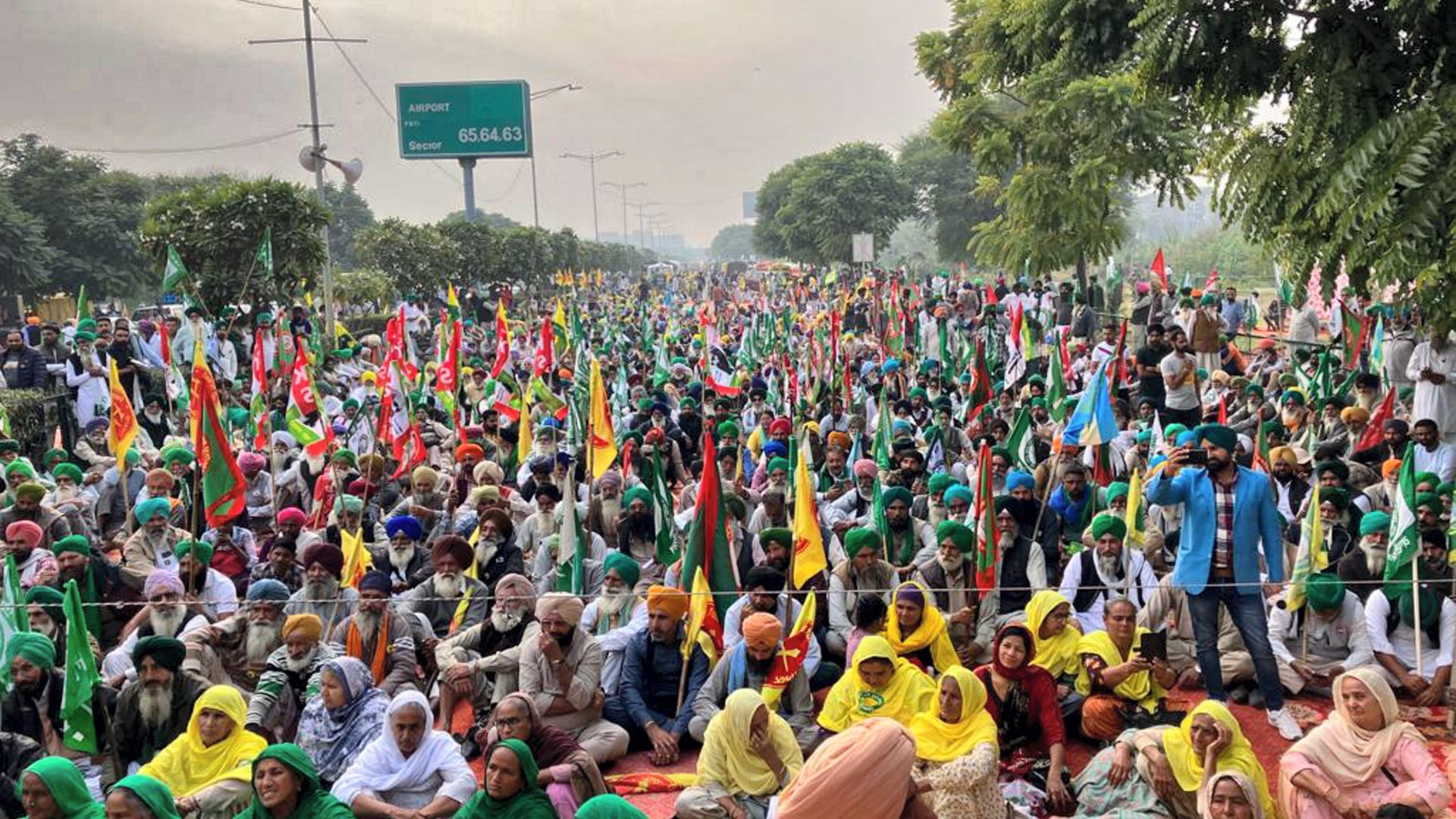For the second consecutive day, Delhi experienced a slight improvement in its air quality, though it remains in the “poor” category. On Monday morning, the Air Quality Index (AQI) stood at 273, which, while better than the previous days, still reflects a concerning level of pollution. The national capital recorded an AQI of 285 on Sunday, signaling a gradual yet welcome improvement after an extended period of very poor air quality.
A Brief Respite After Long-Standing Pollution
This improvement in Delhi’s air quality comes after 32 days of “very poor” and “severe” conditions, where the AQI was consistently above 400. The last time the city’s air quality was categorized as “poor” was on October 29, when the AQI was recorded at 268, as per data from the Central Pollution Control Board (CPCB). While this recent improvement offers a brief respite, experts warn that the situation remains far from ideal. An AQI between 201 and 300 is considered “harmful” to sensitive groups, including children, the elderly, and individuals with pre-existing health conditions.
The slight improvement in air quality is attributed to a combination of favorable weather conditions, including dry northwesterly winds and abundant sunlight. These weather patterns have helped in dispersing pollutants that have accumulated in the atmosphere over the past weeks. However, experts caution that while the current conditions are better than the worst days, they are still far from what would be considered safe air quality levels for the general population.
AQI Categories and Health Implications
The AQI is categorized into six levels, ranging from “good” (0-50) to “severe” (401-500). As of now, Delhi’s AQI falls within the “poor” range (201-300), which can lead to breathing discomfort and other health issues for people in sensitive groups. This status serves as a reminder of the ongoing struggle the city faces in tackling air pollution.
As Delhi continues to grapple with high pollution levels, the city remains under Stage 4 of the Graded Response Action Plan (GRAP), which was activated on November 18. This stage involves stringent anti-pollution measures to curb emissions and reduce the impact of pollution on public health. The Supreme Court had directed authorities to maintain these measures until at least Monday, December 4, indicating a continued focus on combating the worsening air quality.
In addition to the air quality update, the India Meteorological Department (IMD) has reported that the minimum temperature in Delhi was recorded at 10.4 degrees Celsius, which is 0.9 degrees higher than the seasonal average. The maximum temperature is expected to rise to approximately 27 degrees Celsius, and the humidity levels were recorded at 89% at 8:30 am. These weather conditions are expected to persist through the day, continuing to play a role in the dispersion of pollutants in the air.
Ongoing Air Quality Concerns
Despite the improvement in air quality over the past two days, the situation remains precarious. Delhi residents and experts alike continue to face the harsh reality of high pollution levels, which are exacerbated by the city’s dense traffic, industrial emissions, and stubble burning in surrounding states. While the recent shift in air quality offers hope, it also underscores the urgent need for long-term solutions to address the root causes of air pollution and protect public health.
The persistence of air quality issues in the national capital and across northern India highlights the pressing need for comprehensive measures that go beyond temporary relief, including stronger enforcement of pollution control policies, better management of agricultural burning, and investment in cleaner technologies to reduce emissions in urban areas.

















